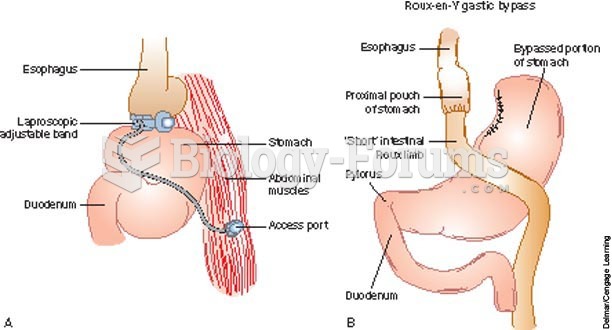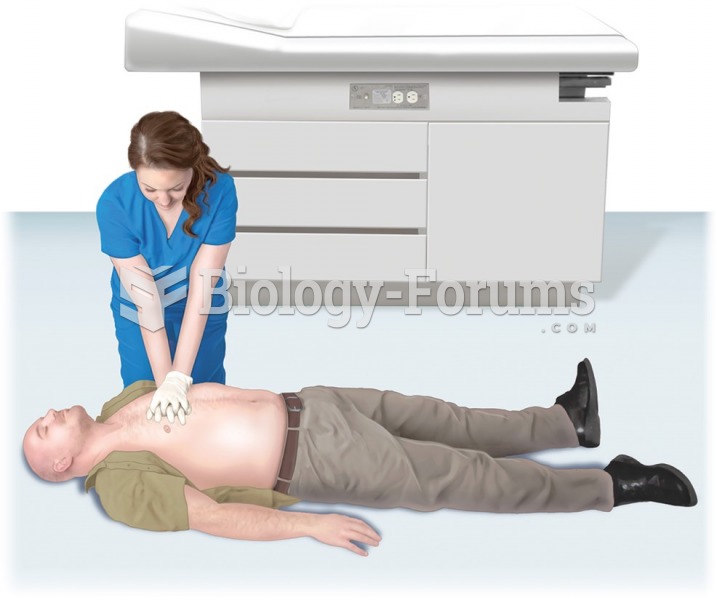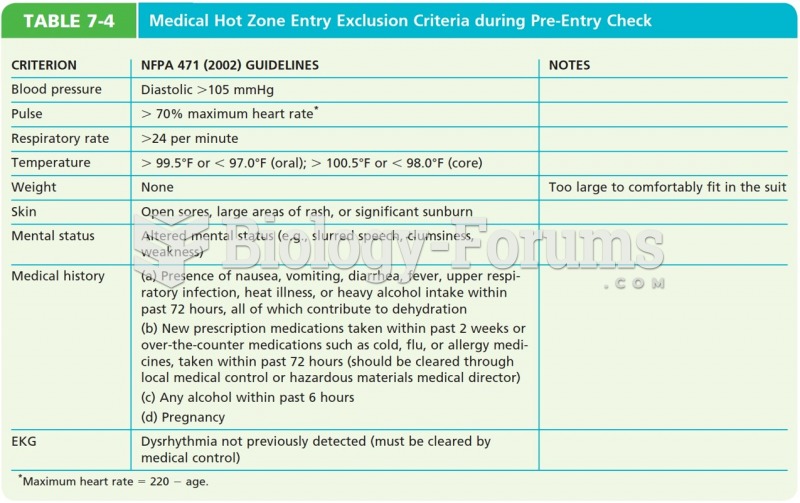Answer to Question 1
The patient should be morbidly obese with a BMI 40 or...
...The patient should be obese with a BMI 35 and display a co-morbidity such as cardiovascular disease, sleep apnea, or diabetes.
Surgery is an option when the patient has failed to lose weight by other, less invasive means or if the co-morbidities pose a significant health risk.
However, many bariatric protocols require that a patient lose some weight prior to the operation to demonstrate that he or she is willing to follow through with lifestyle changes relating to exercise and diet.
Mr. McKinley is a candidate for surgery because he is morbidly obese with a BMI of 59 (BMI >40) and he has several co-morbidities including: type 2 diabetes, hypertension, and hyperlipidemia.
Answer to Question 2
The following equation can be used to calculate the edema-free adjusted body weight (aBWef):
- aBWef = BWef + (SBW BWef) x 0.25
- where BWef is the actual edema-free body weight and SBW is the standard body weight as determined from the NHANES II data.
Edema-free weight is the weight at which the water content of the body is normal; there is no edema or swelling; and blood pressure is not too low when standing.
This is the weight a person should weigh after dialysis treatment without extra fluid.
It should be measured postdialysis for HD patients and after drainage of dialysate for PD patients.
It is sometimes called true weight or edema-free actual weight for dialysis patients.
Weight gained between treatments is referred to as fluid weight.
aBWef = BWef + (SBW - BWef) x 0.25
aBWef = 73.3 kg + (60 kg 73.3 kg) x 0.25
aBWef = 73.3 + (-13.3) x 0.25
aBWef = 73.3 3.325 = 69.975 kg or 70 kg







